For embroidery with satin stitch, beads, ribbons or cross stitch, it is necessary to take a high-quality base - canvas. This is an inexpensive and convenient fabric made of thick, tightly woven threads of plain weave.
What is canvas for?
The main purpose of canvas is to create an even image embroidered with a cross or other material, as well as to minimize distortion of the picture during the work process.
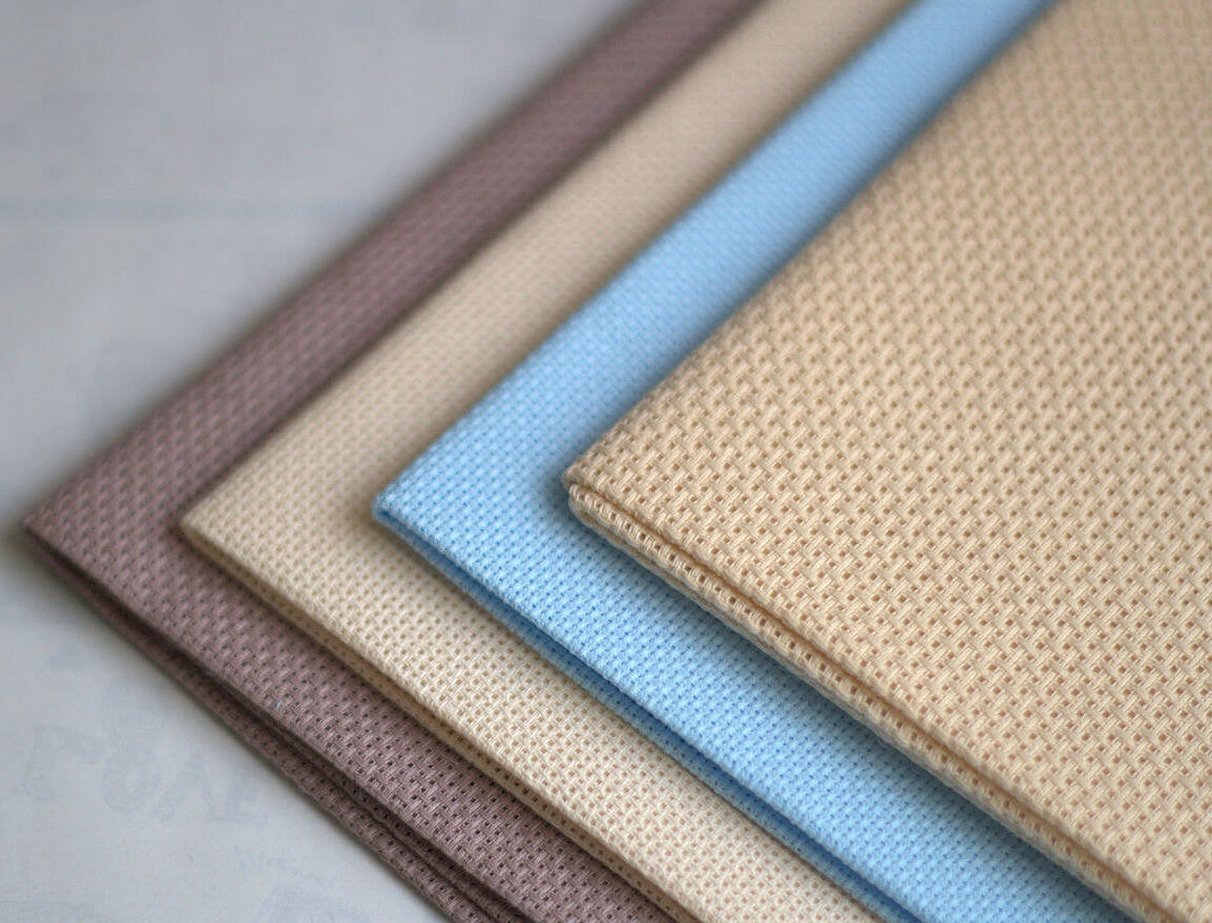
The canvas for cross stitching ensures the formation of the image, so the distance between the threads in it is the same. Using the base simplifies the work of the craftswoman, minimizes the strain on the eyesight.
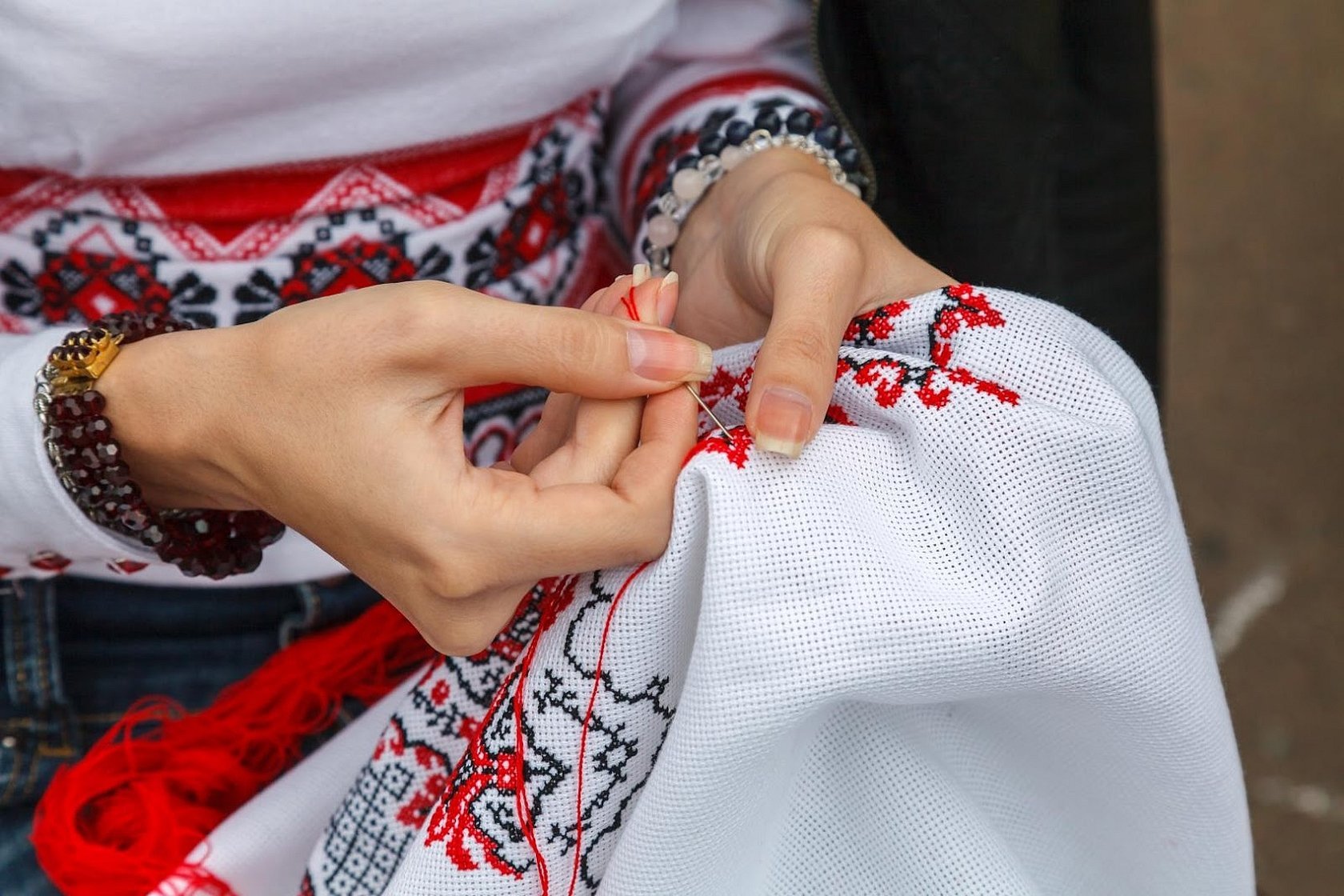
Types of canvas
The Russian market offers embroiderers a wide range of types of canvas for cross stitching. The technique of applying a pattern for each type of material has differences. In addition, the appearance of the canvas for cross stitching can also differ significantly.
Aida canvas
This type of canvas is the most common in Russia for cross-stitch and half-cross-stitch embroidery. It is the most common in stores.
Depending on the variety, Aida canvas usually contains cotton, wool and linen.
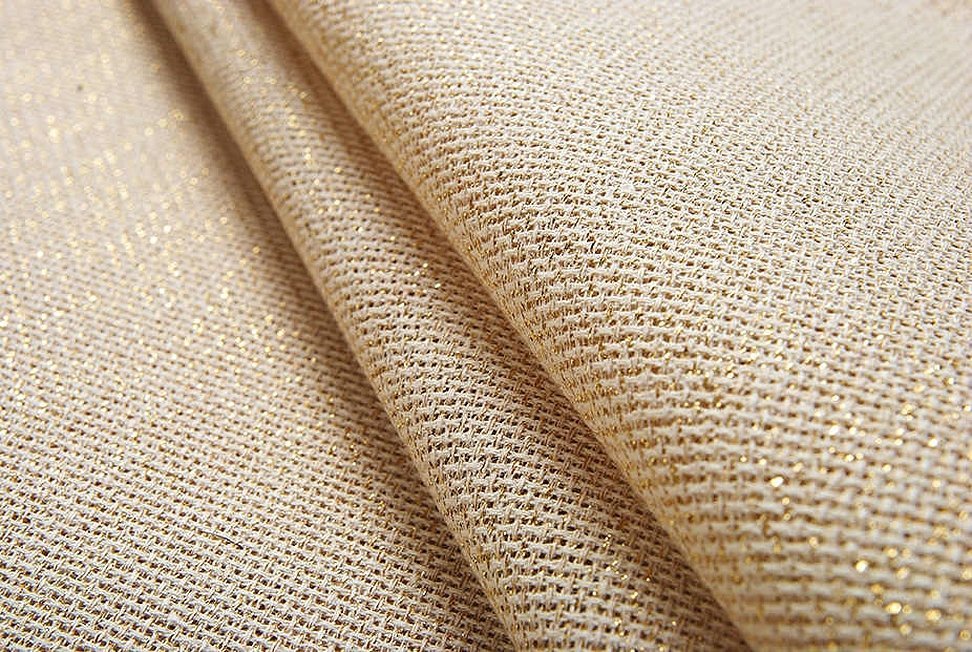
The division of this base into even squares determines its popularity among both beginners and more experienced embroiderers. The places where the needle enters and exits are clearly visible on it. The higher the material number, the finer and more painstaking the work.
The ratio of the Aida canvas number and the number of crosses in 10 cm is presented in the table:
| Number | Number of crosses in 10 cm |
| 7 | 27 |
| 8 | 31 |
| 11 | 43 |
| 14 | 55 |
| 16 | 63 |
| 18 | 71 |
| 20 | 79 |
| 22 | 87 |
Evenweave canvas
This is a more complex type of embroidery base. To make 1 cross, you need to count two threads in the horizontal direction and two threads in the vertical direction. The material is not divided into clear squares, for this reason it is more suitable for works where there are many unstitched areas. It is used by experienced craftswomen, since the marking must be done independently.
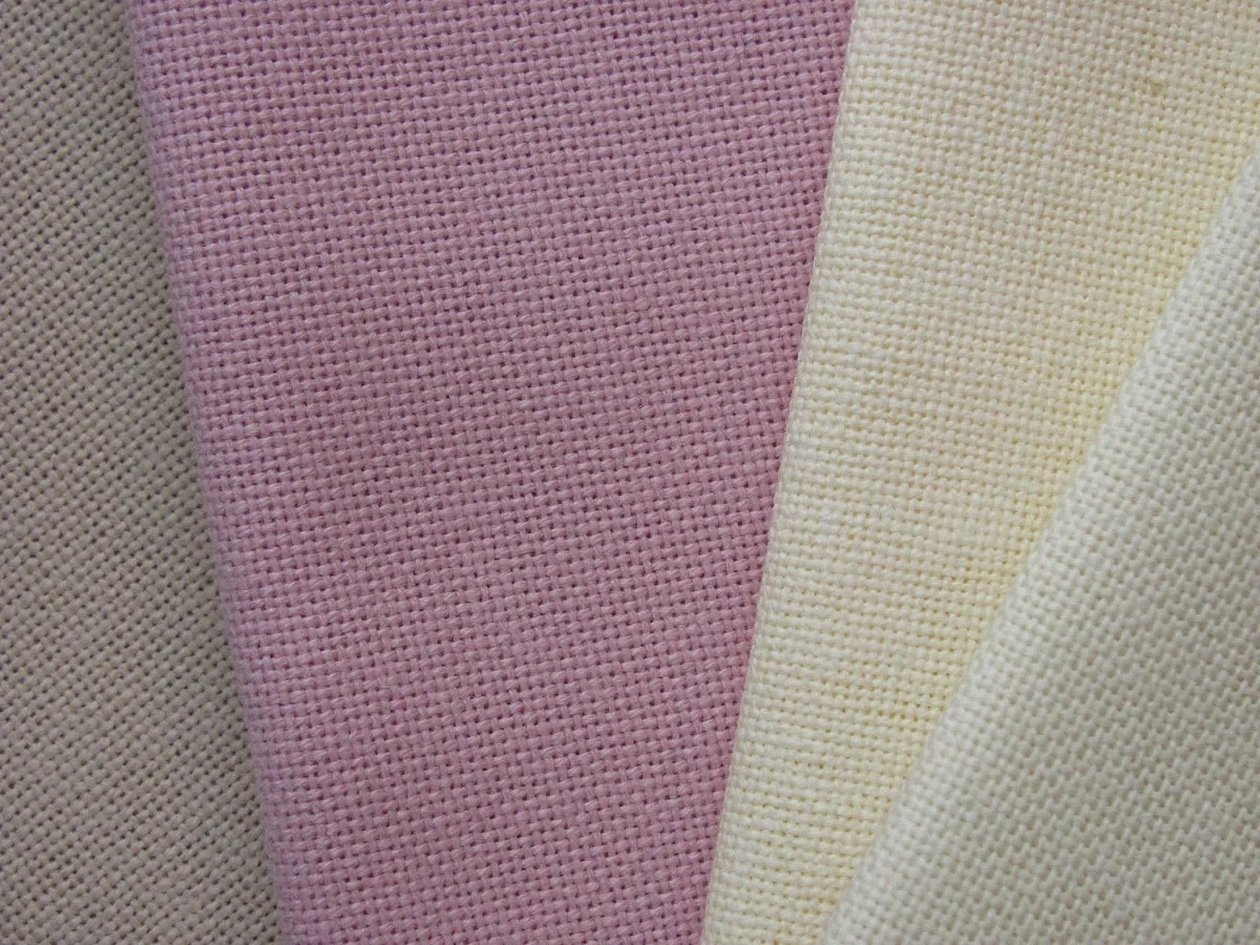
The composition of even-weave canvas can vary: with cotton, linen or mixed synthetics.
Please note! A subtype of even-weave canvas is Lugana. It has a medium density, so cross-stitched pillowcases and tablecloths look especially impressive on it.
Stramin
The roughest and toughest canvas. Its squares are large, so it is suitable for cross stitching. It is convenient to work with the material. Many craftswomen begin their creative path with stramin. The products are large and textured, so it is worth choosing patterns without small details.

Stramin is used for embroidering decorative carpets, rugs, runners, string bags, and bags. It also serves as a base for embroidering large tapestries of varying complexity.
Overlay canvas
Overlay canvas is used for embroidery on fabric that does not have a constant number of threads per unit length. It is used for embroidery on T-shirts, bags, and other items.

The material is very hard and similar to stramin. The threads of this canvas are thicker and the holes are larger.
Important! When using the overlay base, a creative approach is very important, so only experienced embroiderers can work on it.
Plastic canvas
With the development of production technologies, plastic canvas is becoming popular. It holds its shape and does not crumble when cut. It is a plastic grid. It is well suited for embroidery by a child. The plastic base can be both transparent and colored. On the Russian market, you can even find options for a base with polka dots or stripes.
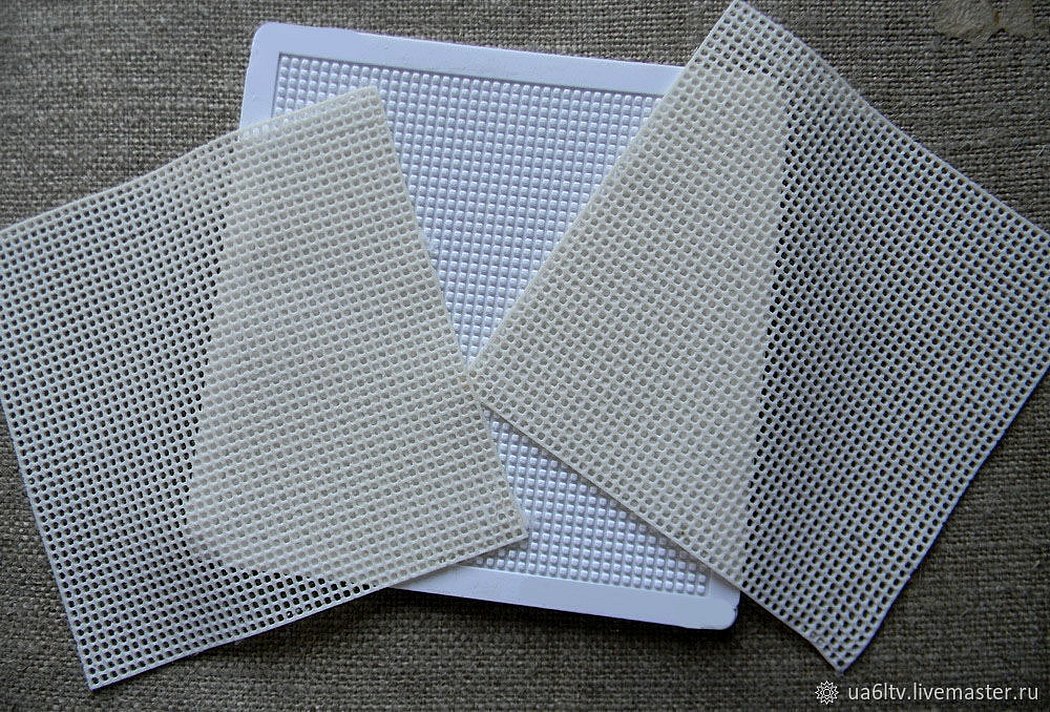
Please note! It is impossible to make fractional crosses on plastic and it is difficult to secure the thread.
The material is well suited for embroidering toys, figurines, pendants and other three-dimensional items. The embroidery can then be safely washed without fear that it will deform. Many manufacturers offer ready-made kits on the material together with threads, needles and patterns.
Water Soluble Canvas
One of the interesting new products is water-soluble canvas for embroidery, which appeared in the 2000s. It is made from special threads and is used for embroidering patches on clothing, bed linen and other products.
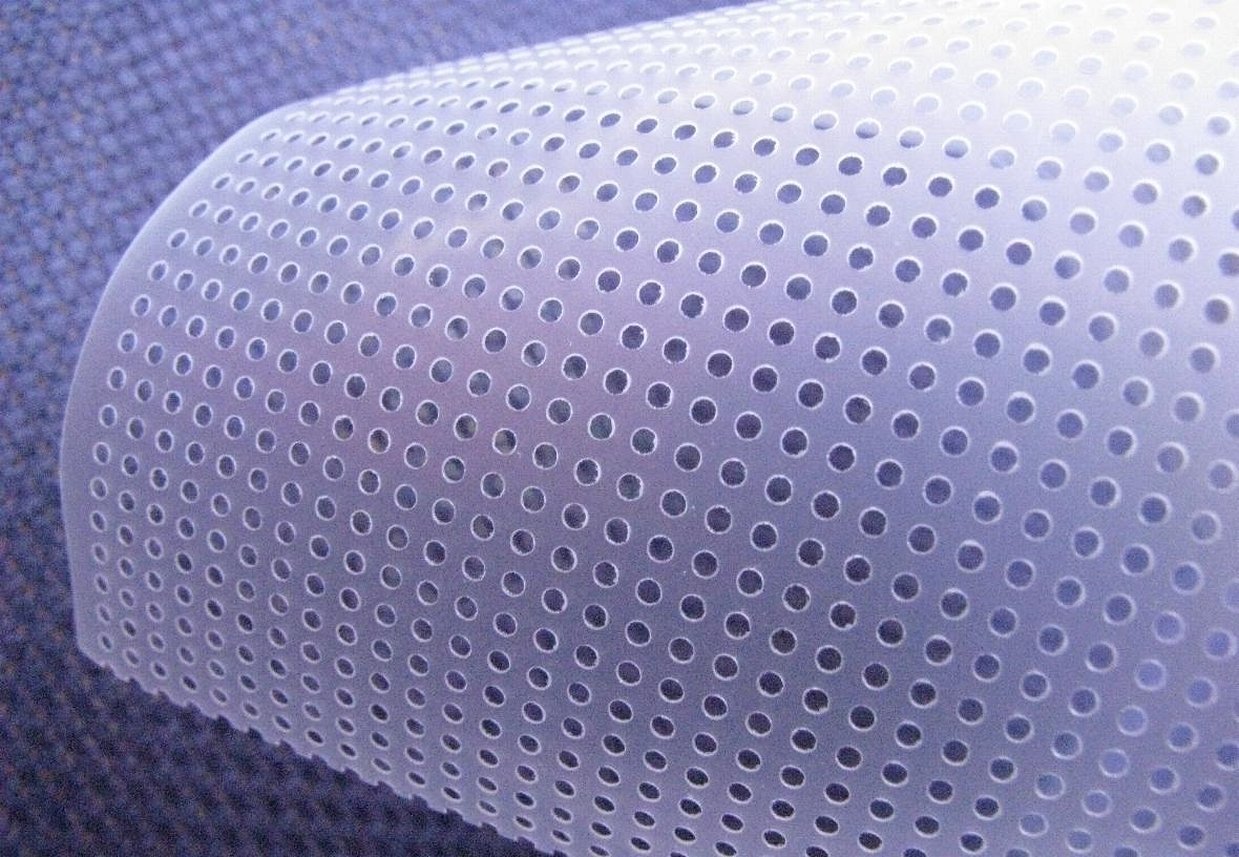
When the product is embroidered, it is dipped in water or washed in a washing machine at 30 degrees and the base completely dissolves. All that remains is to dry and iron the product.
Water-soluble canvas can have different colors: white, yellow, beige, red. In ready-made sets, the base color is often selected to match the overall color scheme of the image.
Features of the material for bead embroidery
The base for bead embroidery should have clearly visible cells and large holes for easy needle threading.
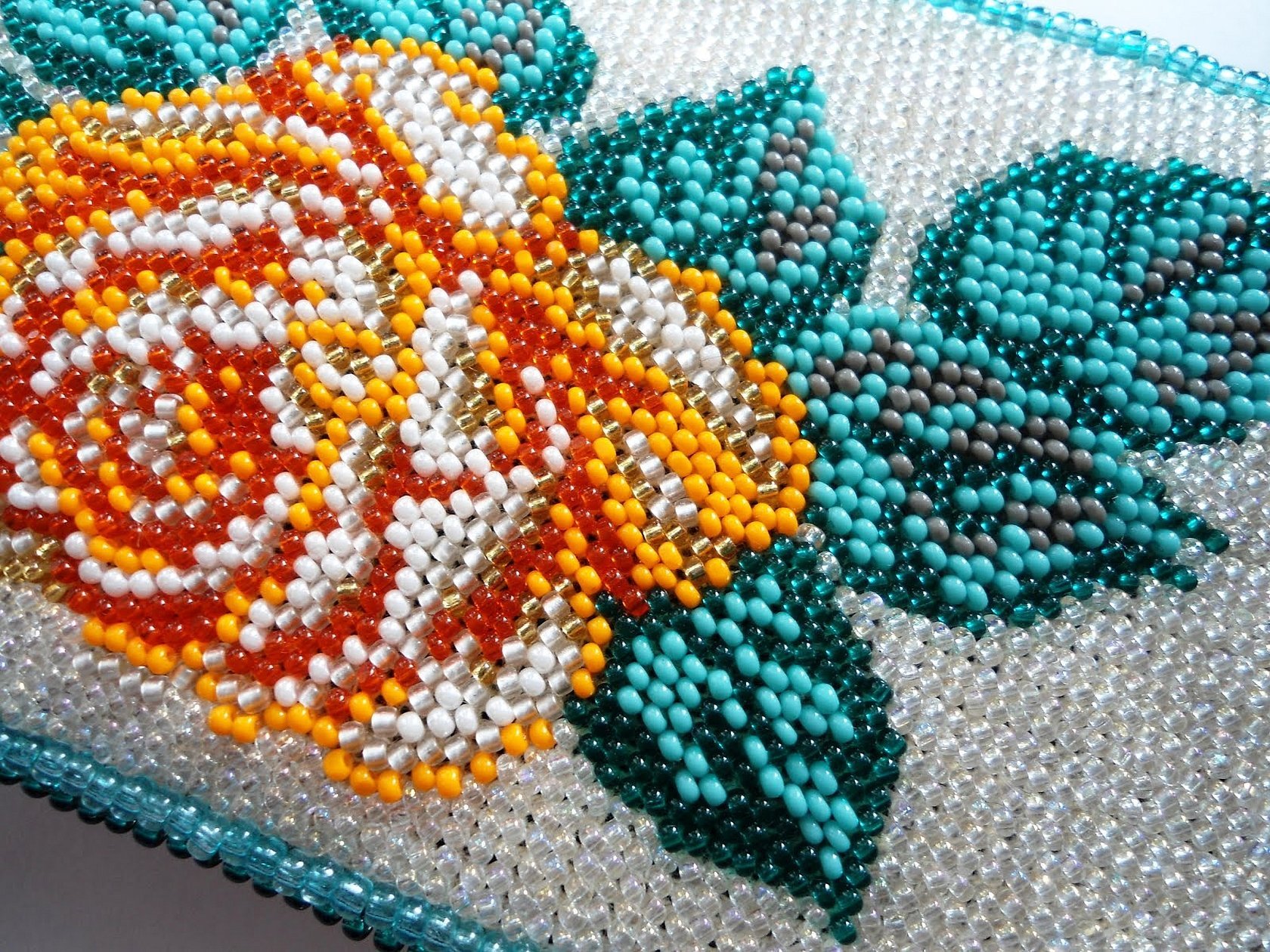
These fabrics include 2 types of canvas:
- Aida canvas – you don’t have to use a hoop, and the stitches and beads on the thick fabric will look even and beautiful. It also comes in a wide range of colors that can be matched to the tone of the embroidery, and different sizes.
- Even weave fabric - the threads of the material are of uneven thickness - this significantly affects the appearance of the finished product. The material is softer than "Aida". The threads of the fabric are even.
Beads for embroidery must exactly match the size of the canvas so that the product does not curl up and the fabric does not stretch.
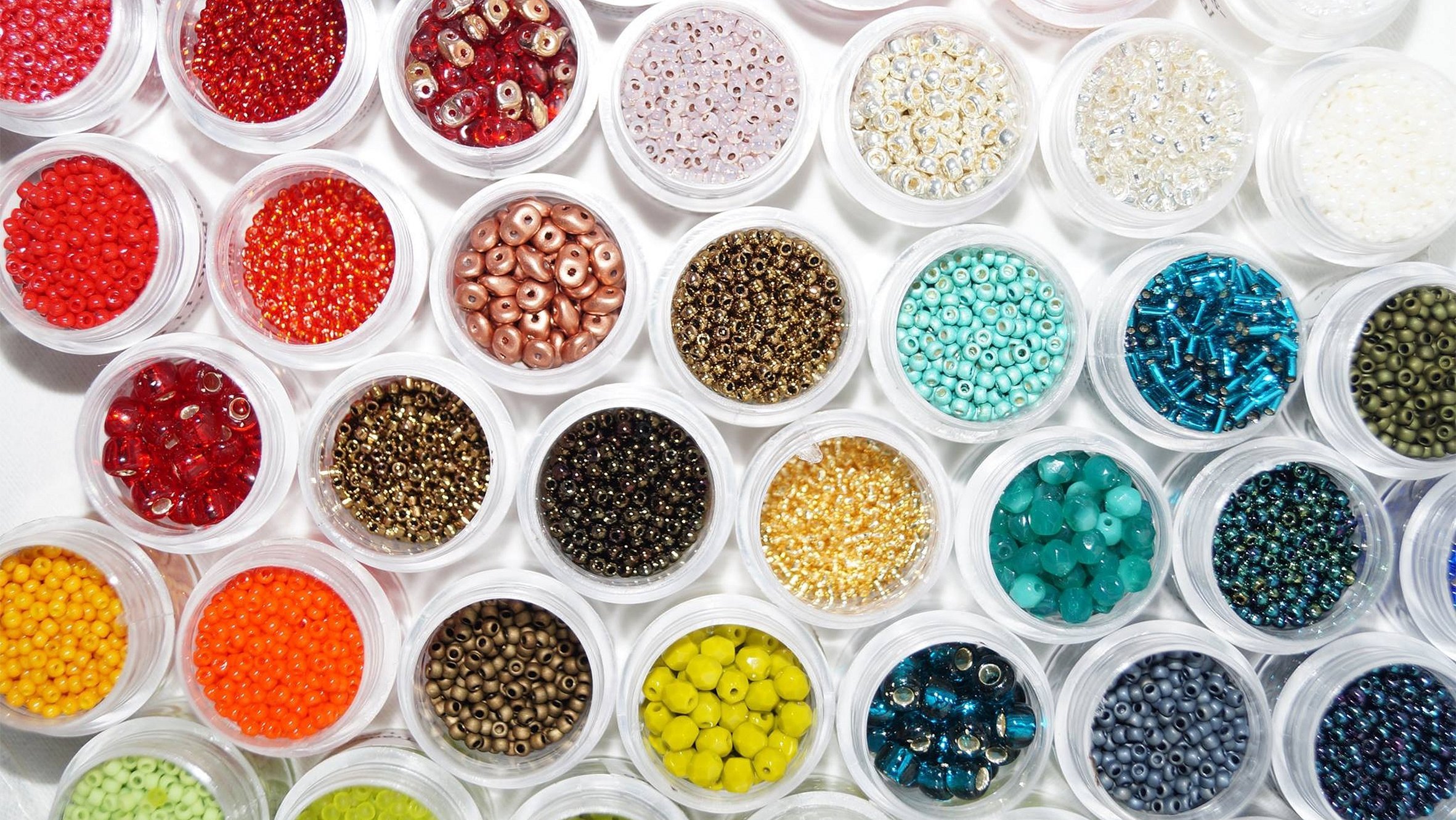
For correct selection it is necessary to use the table:
| Fabric number for embroidery | Bead number |
| 6 | 4 |
| 8 | 6 |
| 11 | 8 |
| 14 | 10 |
| 16 | 11 |
| 18 | 12 |
| 20 | 13 |
| 22 | 15 |
Please note! It is worth embroidering pictures with high-quality materials. Czech and Japanese beads are best.
With or without a pattern
Craft stores sell 2 types of material - plain canvas for embroidery or with an already applied image. The principle of working on them is the same, but it is much easier to work on material with a pattern, because all the markings are already made, so it is often chosen by beginners.
How to calculate canvas size
If the needlewoman is going to work on canvas without a pattern applied, it will be very important to calculate its size correctly. It is marked with a number in the catalog or on the material packaging.
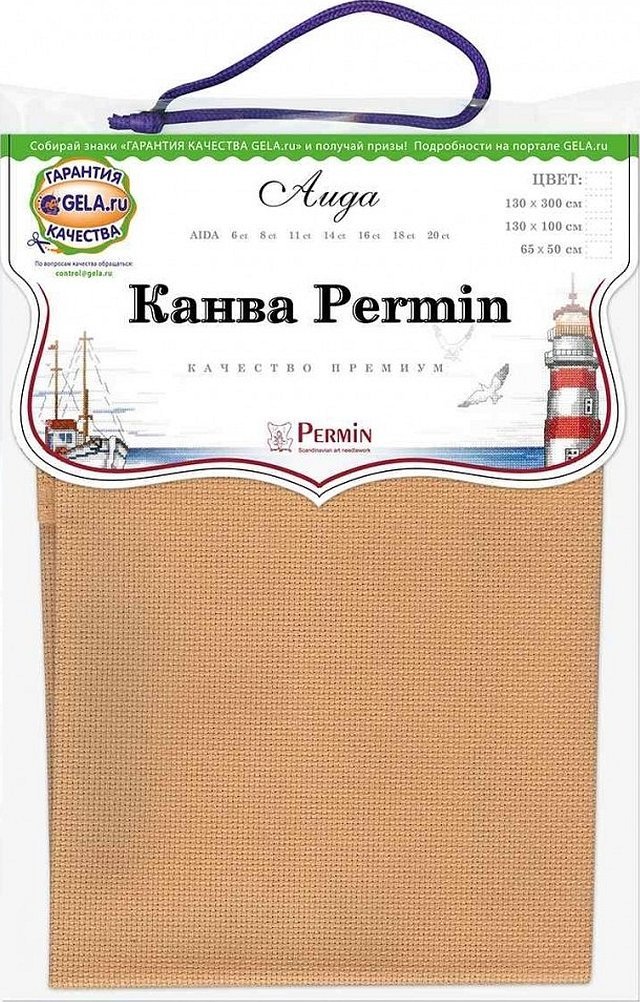
It is easy to determine the size of the canvas for embroidery: you need to count the number of blocks on a square area with a side of 25 mm. If the pattern scheme is indicated by the number of crosses, then the height and width of the image are divided by the number of crosses on the canvas.
For example, for a design measuring 200 crosses high and 300 crosses wide, take Aida canvas No. 14, 10 cm of which fits 55 divisions. Calculate the footage: 300:55 × 10 (since 55 crosses are not in 1 cm, but in 10) = 54.6 and 200:55 × 10 = 36. Thus, the work will require a base 54.6 cm wide and 36 cm high.
Please note! You should leave some extra space on each side. For small postcards, 5 cm will be enough, for large paintings it is better to add 10 cm.
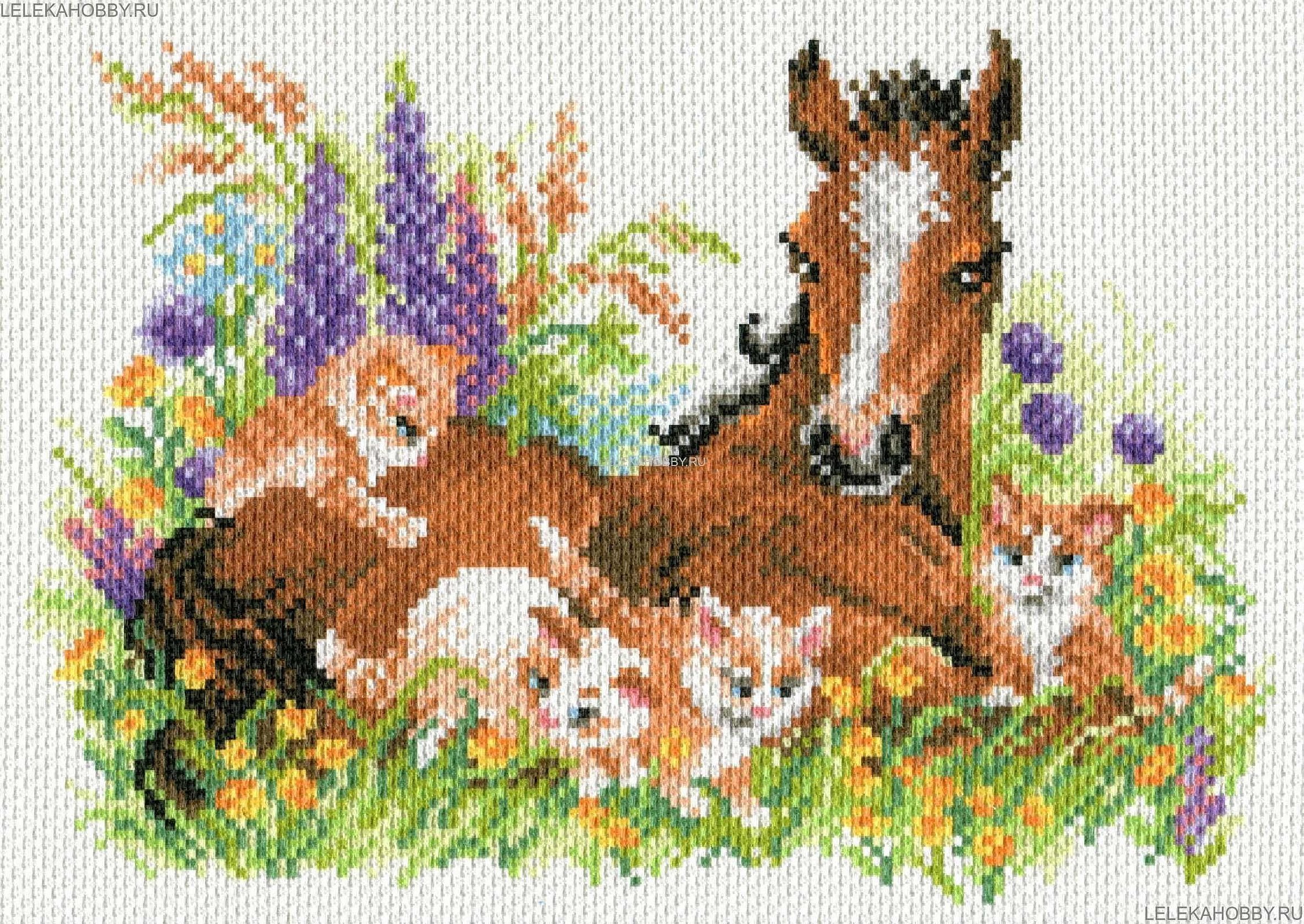
If you don't want to calculate the canvas size yourself, you can use a calculation calculator, which can be found on the Internet. The service will automatically perform all calculations based on the specified parameters.
How to choose a canvas
Experienced craftswomen can easily choose the material for embroidery, but beginners may need advice from those who have created many works. The easiest way to get acquainted with needlework is to start with ready-made kits.
If you come across a pattern that is not in ready-made kits, you should think about the purpose of the embroidery, the type of pattern, and the color scheme. For paintings, Aida or evenweave canvas is best. Hard stramin will be an ideal base for pillowcases, carpets, and water-soluble canvas is for patches.
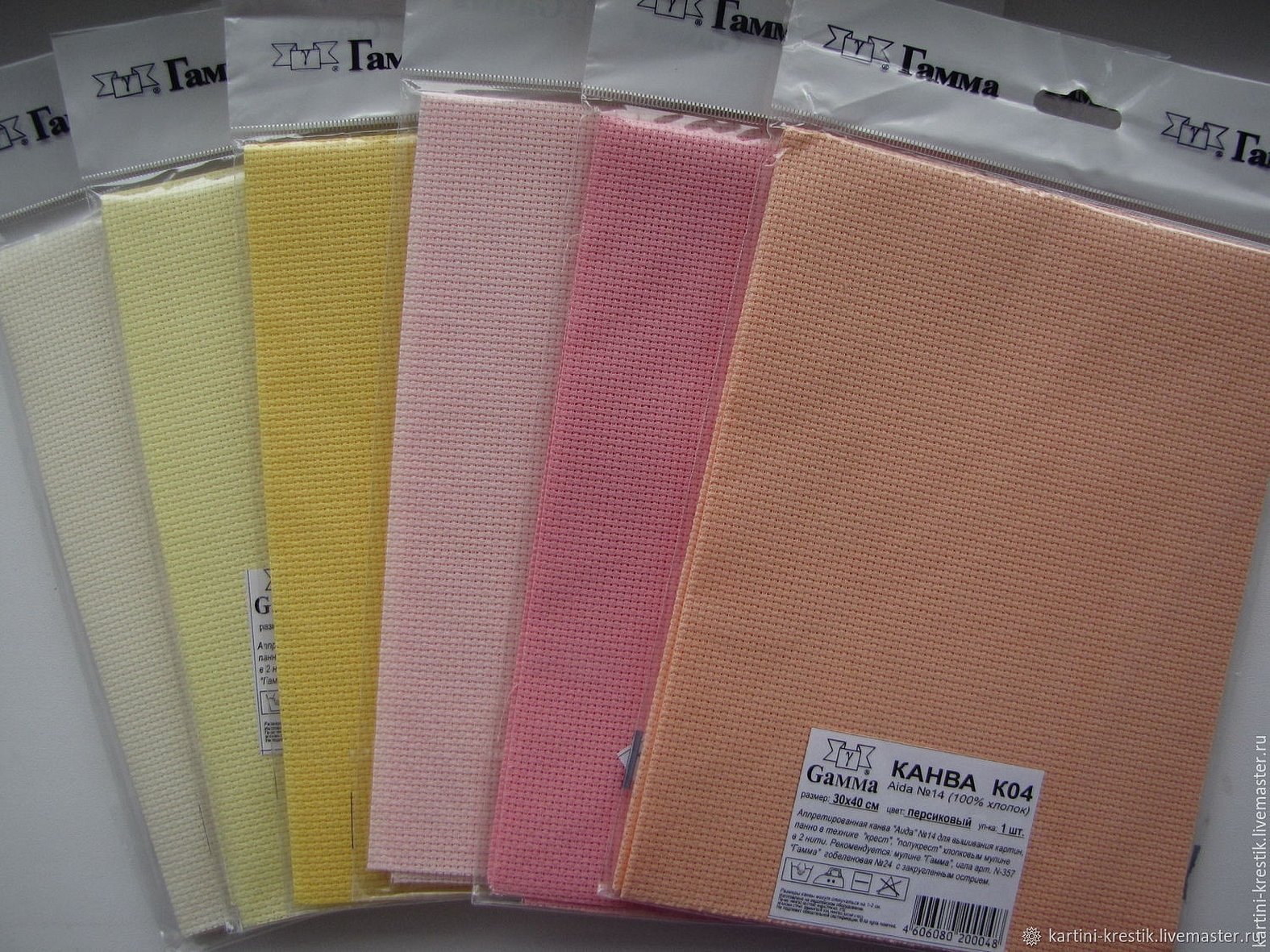
The choice largely depends on the subtlety of the drawing. If the pattern you have chosen has many small details, you need to choose a base with a small cell size. General recommendations: for landscapes and still lifes, size 14 is quite sufficient, for animal images - 16, and for portraits it is better to choose size 18.
Review and comparison of manufacturers
The most common is "Aida" produced by the German company Zweigart. Cheaper analogues produced in Hungary under license from Zweigart may be available for sale.
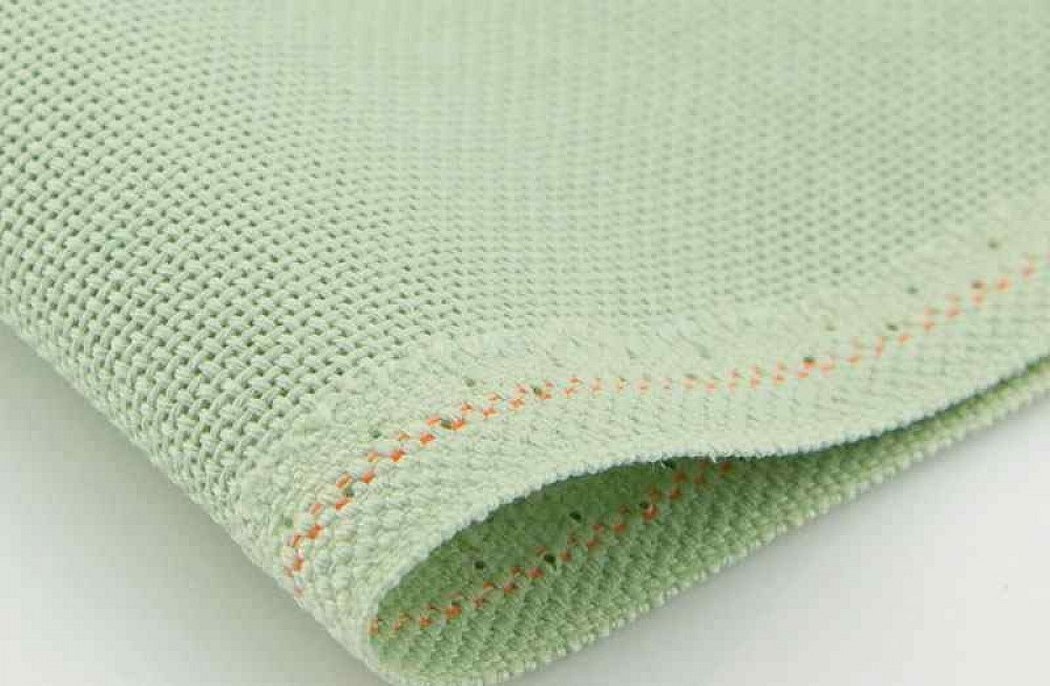
In addition to the German company Zweigart, "Aida" is produced in Belarus. Unlike fabrics from European manufacturers, it is not treated with fixing compounds, which makes it quite soft.
The most popular evenweave canvas manufacturers are:
- Lugana – is well suited for cross stitching, embroidering pillows and tablecloths. It contains artificial silk, which makes it a very soft and elegant base for needlework.
- Bellana – contains artificial silk, which makes it very soft. The special weave of the threads allows the needle to easily pass through the fabric. The easy-to-work fabric is suitable for embroidering napkins and tablecloths, embroidering clothes and tapestries.
Of the companies producing embroidery kits, the most famous is Dimensions, a leader in the production of goods for handicrafts. Their embroidery kits are distinguished by a huge number of plots, types of canvas, high quality of development of patterns and selection of threads.
Various types of embroidery bases are produced by the Russian company Gamma and the company "Matrenin Posad", which have earned many positive reviews over the years of their existence.
You can buy canvas for embroidery in craft stores or online. And choosing it will not be difficult if you rely on the material presented in the article!




